Hopefully someone can help me. I have a Visual Studio 2008 WinForms application to which I have added a Local Data Cache. The local data cache is using a SDF file via SqlServerCE and is caching a SQL Server 2008 dbase with change tracking enabled.
This is working and I can do bidirectional syncs and the like.
The problem I am having is with inserting data in to the local tables that have been created by the VS wizards. When I try insert data either programmatically or even through the VS interface (show data) I get a error stating “A duplicate value cannot be inserted into a unique index” due to a primary key constraint.
The tables have a auto inc int primary key and it seems like the seed has been reset back to one. This doesn’t happen to all the tables though, only a few.
Any ideas how I can fix this?
Regards, Adam
